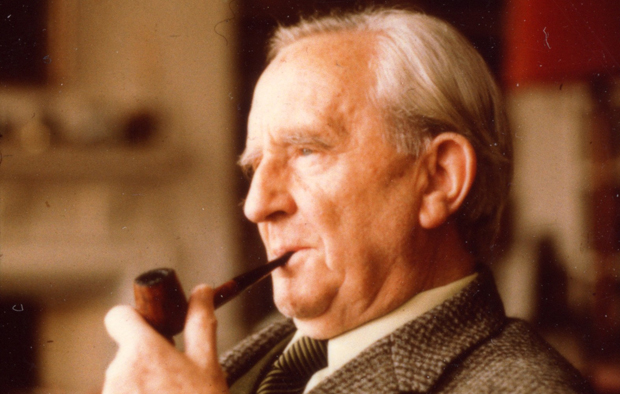I am reading John J. O’Keefe and R. R. Reno’s Sanctified Vision for the independent study on hermeneutics and theological method I am doing this summer. I have found the book fairly helpful overall, and think the authors are right to commend the church Fathers as models for Biblical interpretation in many ways. The authors do good (albeit somewhat tendentious) work arguing for whole-Bible/“intensive reading” strategies and the validity of typology as part of theological method. When they come to allegory, though, their argument almost immediately goes off the rails with a deeply misguided interpretation of The Lord of the Rings. I offer a critique in two (brief) parts:
Login to read more
Sign in or create a free account to access Subscriber-only content.
